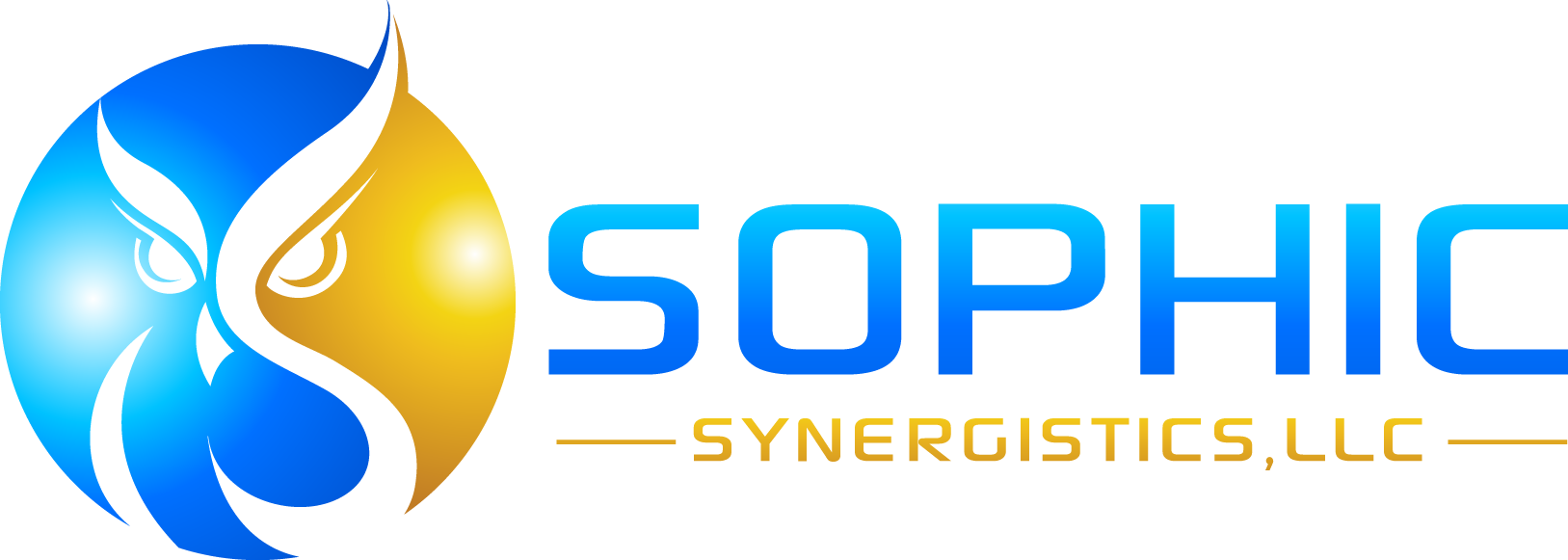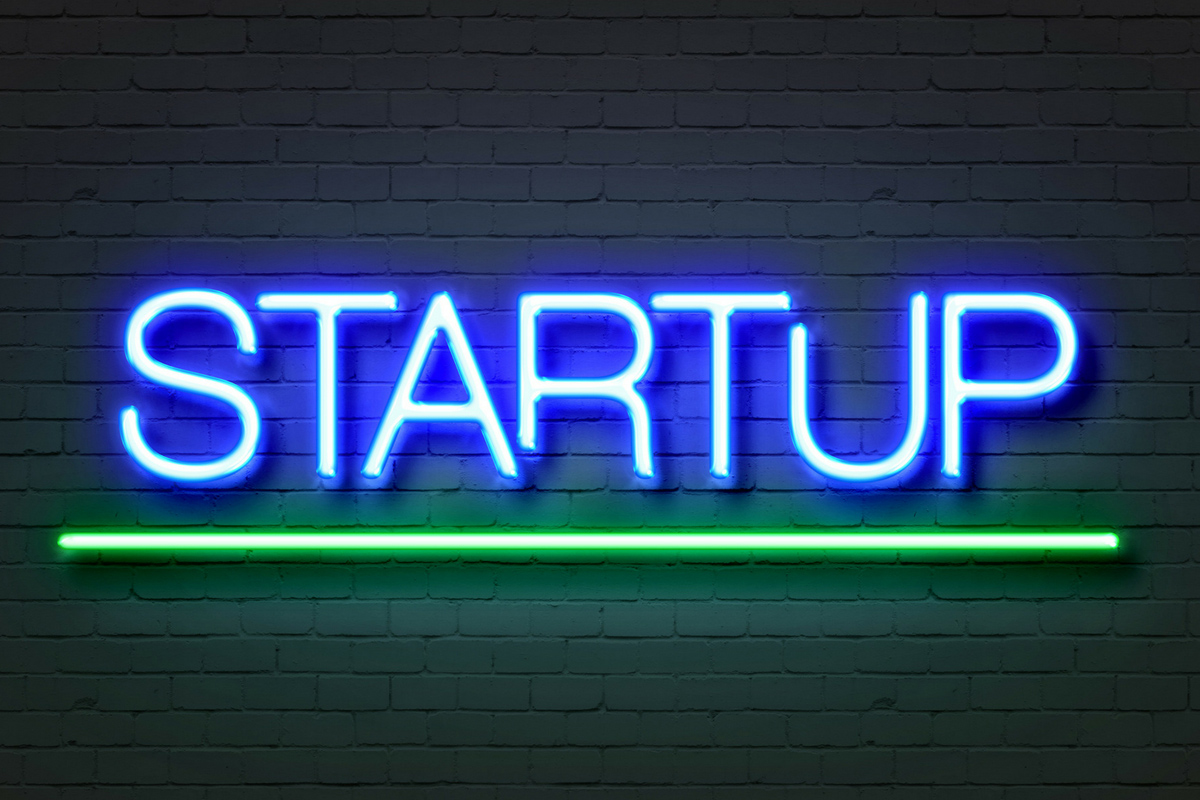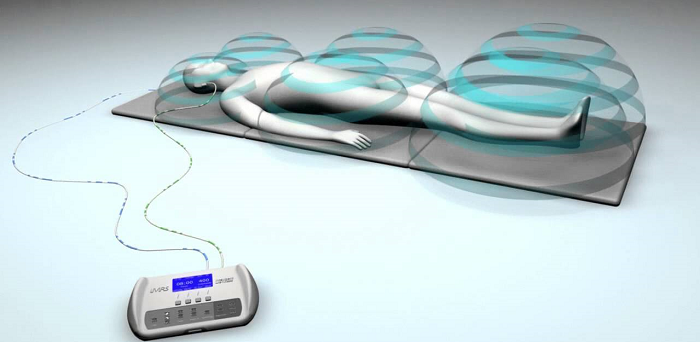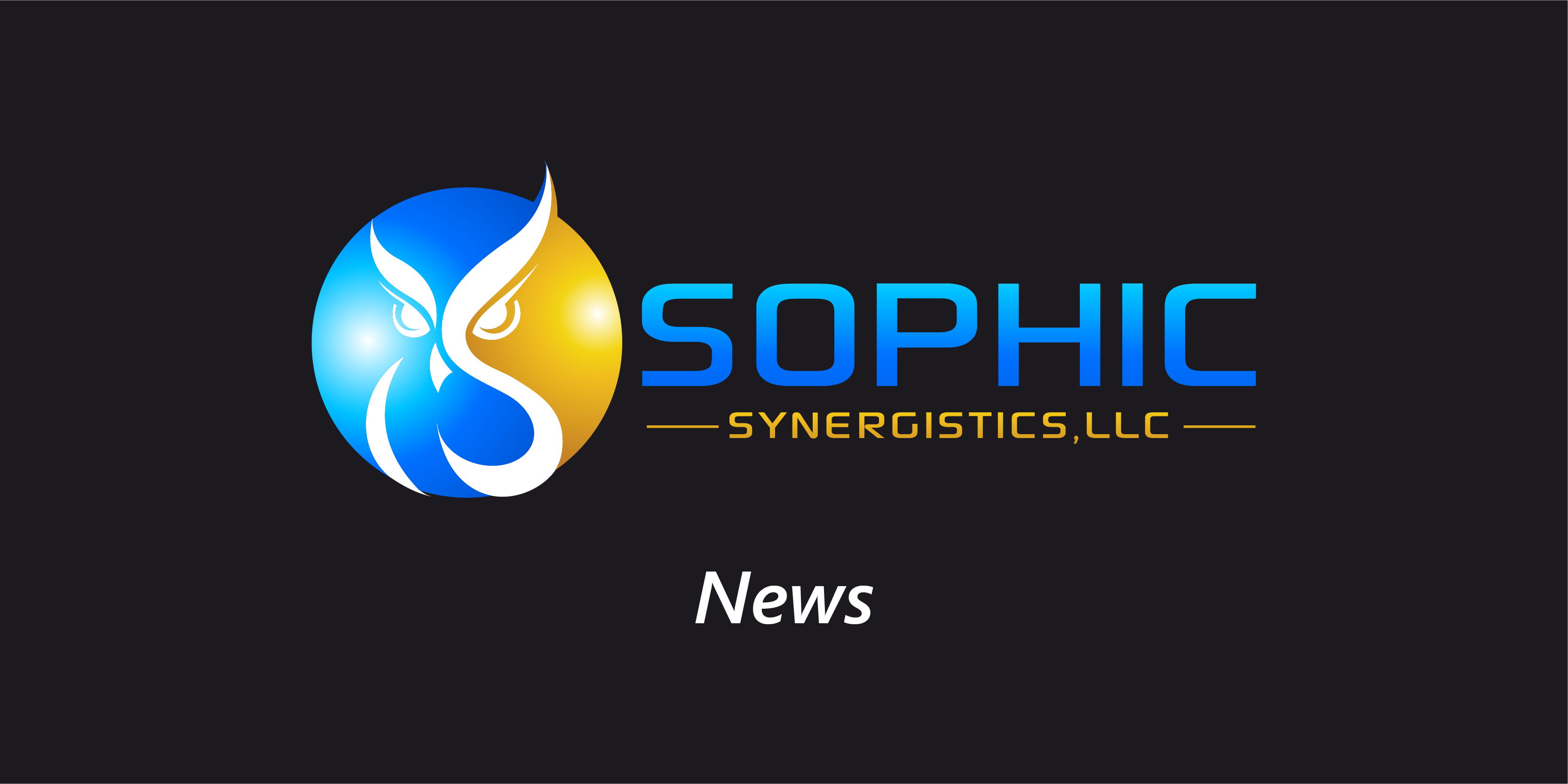Endless days and nights pouring over data. Website designs… and re-designs. Setting up a superior supply chain. Coffee. More coffee.
Yes, you’re starting up a company. Not just any company, though. Oh no, this is going to be the next big thing — the most successful startup. Like Airbnb or Apple. You’re confident you have an amazing product. After all, you’ve got the technology, the manufacturing capacity and the distribution networks. You’re just not sure why you don’t have the customers. But the answer has to be hiding out in a spreadsheet somewhere. One more cup of coffee and you’ll find it.
“Sometimes the questions are complicated and the answers are simple.”
– Dr. Seuss
Sound familiar? If so, do yourself a favor: Step away from the computer and heed the wise advice of Dr. Seuss.
You see, the answer to getting and keeping customers is simple. So many of us complicate it, though. We focus on complex technology, data and globalization. Sure, these things are part of the equation that equals success… but everyone is using them. You need to stand out from your competition. But how?
You need to have empathy and know your users inside and out! You need to satisfy and truly connect with your customers. If you can do that, you’re probably going to succeed.
Become your customer
Empathy is so powerful. Just ask the guys at Airbnb, who figured this out a decade ago. Way back in 2009, its founders Nate Blecharczyk, Brian Chesky, and Joe Gebbia found themselves in the scenario above – sitting at their desks in Silicon Valley scrambling to design a website while sifting through mountains of data. Back then, data and tech were always the solution to every problem. But the three couldn’t seem to make things work no matter how hard they tried. At one point their revenue was a sad $200 per week, and most of their users were in New York. They desperately needed to figure out what they were doing wrong. That’s when Paul Graham, head of the startup incubator Y Combinator, gave them what we’ll call “Dr. Seuss advice.”
“So, you’re in Mountain View, and your users are in New York?” Graham asked them. “What are you still doing here? Go to your users.”
It was really that simple. The group flew to New York and spent time with their customers. They helped them create better photos of their properties in order to increase business. As a result of Airbnb putting themselves into their customers’ shoes, revenue began to increase. They began to succeed.
These days Gebbia is a leader in design thinking, serving as the head of the company’s in-house design and innovation studio. He swears by something that he calls “dog-fooding.”
“Dog-fooding is using your own products so that you understand from inside out what it is you’re providing the customers,” he explains, “It’s another way to gain insights and to gain intelligence. You use it yourself; you eat your own dog food. Every time we do that, we discover something that we can improve. It’s one reason why we highly encourage our team members to be hosts, and why we give out travel stipends to every employee inside the company. Everybody comes back with, ‘Oh yeah, I tried to search, and I found this bug.’ Or ‘I really want to see this information as I’m driving to my Airbnb.’”
Watch what your competition is doing… and do it better.
When Brad Smith became CEO of Intuit in 2008, he noticed that “ease of use” was the number one reason customers recommended his company’s financial software, Quicken, to others. It was also the number one reason why customers said they wouldn’t recommend it to others. Smith realized that Quicken needed to be designed in a way so that customers felt emotionally connected to it – like they did with their iPhones and Facebook accounts. It had to be designed so that people truly loved the product and didn’t want to be without it.
In order to do this, Smith took inspiration from companies who were already pleasing people. A startup called Mint was one of them. It was 2009, and Mint was quickly becoming popular with users. It was allowing them to type in their bank account information to automatically download their spending data. Mint then converted all of this into nice, neat pie charts and graphs. People loved it because it was so much easier than using Quicken (which required users to manually type in all of the data). Smith’s plan: Acquire Mint so that Quicken users could enjoy this great benefit. And so he did.
To this day, Smith’s goal is to satisfy users. He brings innovators in to speak to and inspire his employees – including people who designed the Nest thermostat and the Kayak travel website. He continually challenges all of his employees – regardless of their job titles – to consider how design can be integrated into their positions.
The details always matter.
If you’re designing a product with your users in mind, then the details will always matter. Nest is a company that knows this well. In fact, their motto is actually ‘The details always matter’!
If you have a Nest product in your home or business, then you already know how much thought they put into the details. Take, for example, the Nest Learning Thermostat. Not only does it look sleek and modern, but it has a very intuitive and simple interface. It was designed for the ultimate user experience. Nest even has an app so that users can literally control their thermostat from their hand – whether they’re in the same room with it or across town. And when it comes to the setup and installing of the device, customers need only go to the Nest website for step-by-step video tutorials. The company did it right, and you can tell from its mostly 5-star reviews. They designed a product to make the lives of its users easier. That’s what’s success is all about.
So, are you ready to build a successful startup?
How will you use the tips in this article to take your startup to the next level? Will you consider Human-Centered Design and empathy as your gateway to success?
While success is never 100% guaranteed for any company, a strategic focus on Human-Centered Design will certainly make an incredible impact on your startup.
“And will you succeed? Yes you will indeed! (98 and 3/4 percent guaranteed.)”
Listen to Dr. Seuss. He knows.






